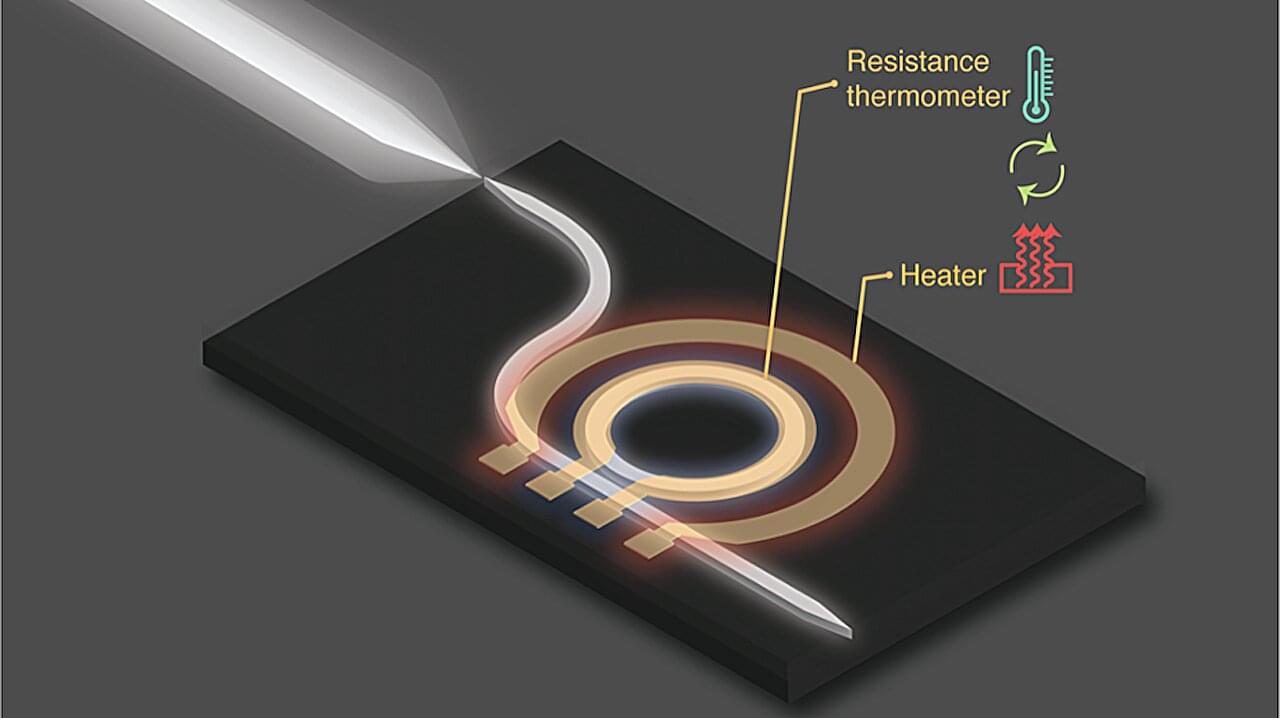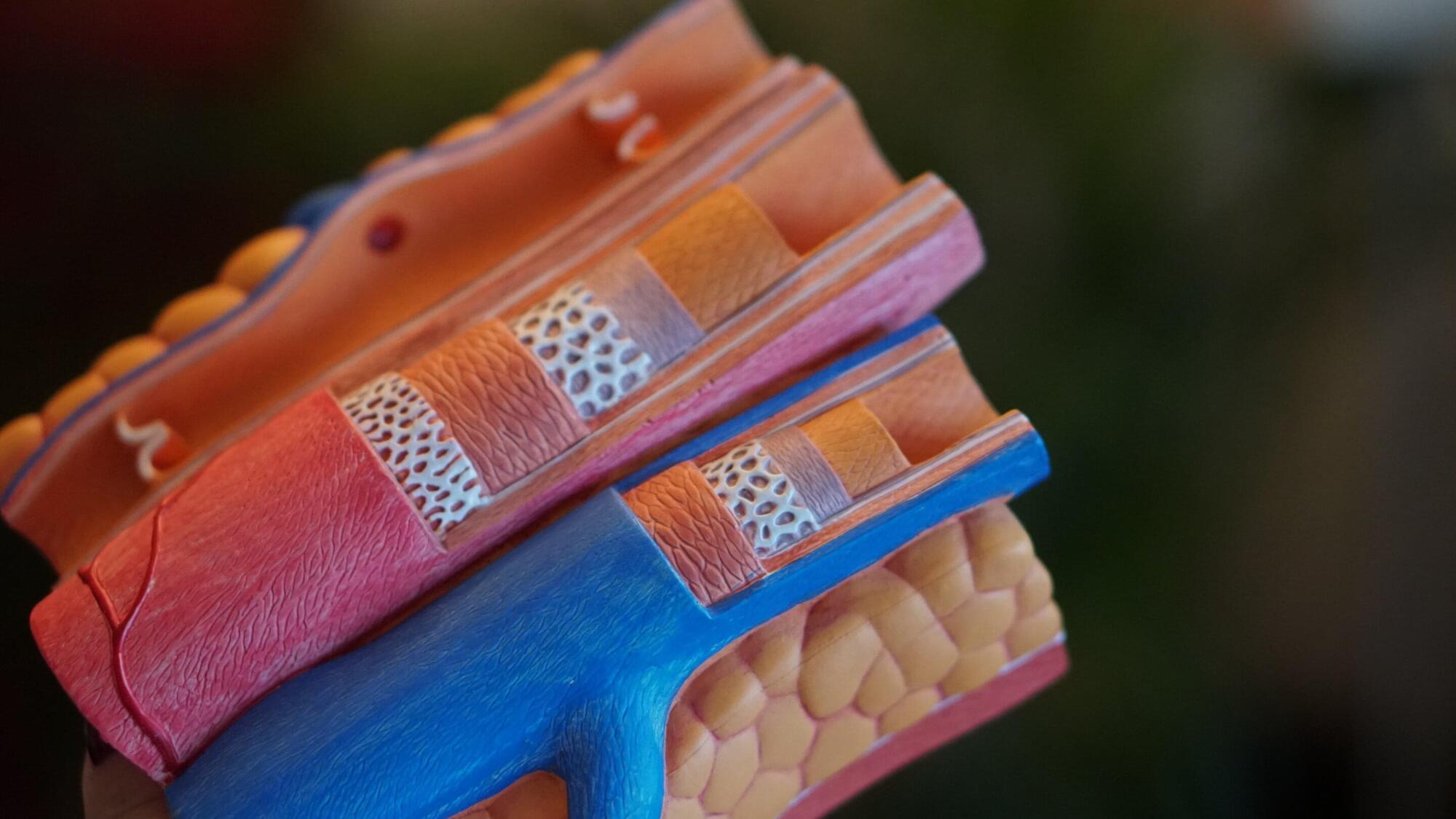Although the genetic cause of many diseases have been identified, it’s estimated that as many as 70% of patients with a rare disorder do not know what causes their disease. Millions of people live with rare diseases, and scientists are still searching for the answers to these medical mysteries. Now researchers have developed a different method for analyzing patient genetic data, which may provide clues. These findings, which were reported in Molecular Cell, have highlighted that multiple proteins can often be produced from one gene; the cell can simply interpret the sequence in different ways.
In a basic genetics lesson, a student will learn that proteins are encoded by genes, and that different genes make different proteins. But in reality, the same gene sequence may encode for multiple proteins, and it can be up to the molecular machinery of the cell to decide which of those gene sequences ends up transcribed into a protein. In fact, most genes can code for more than one protein.







